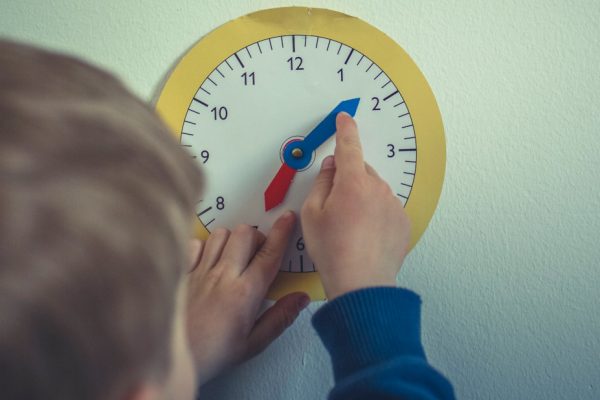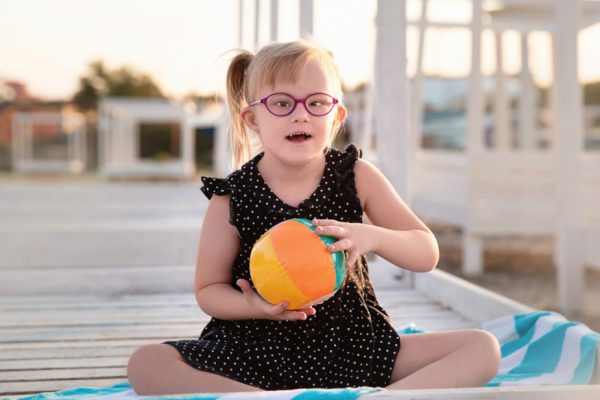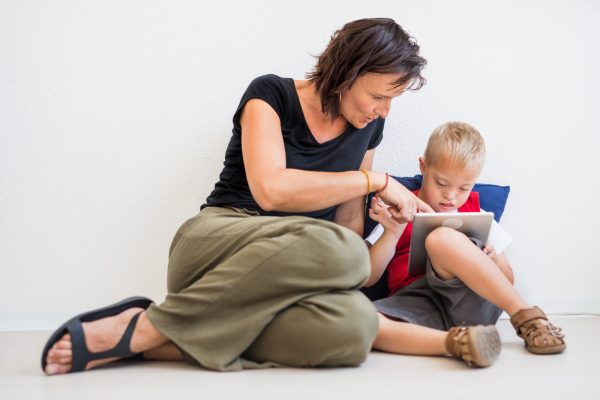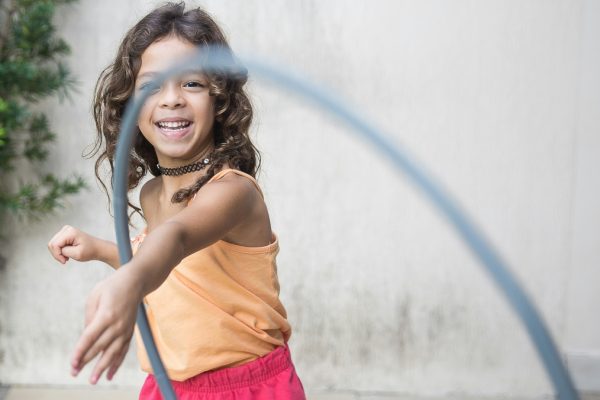
Tips for working collaboratively with your school
By Rebekah Devlin
Sydney’s St Edmund’s College, Wahroonga is a Year 7 to 12 co-educational special high school for neurodiverse teenagers and those with a wide range of disabilities including mild to moderate intellectual disability. Senior program co-ordinator, Jacqui Anderson, shares her tips to get the best out of your school.
 EACH CHILD’S EDUCATION SHOULD BE TAILORED AND INDIVIDUAL
EACH CHILD’S EDUCATION SHOULD BE TAILORED AND INDIVIDUAL
“As a special needs school, we differentiate learning for students from the time they start with us in Year 7. The tasks in each subject and support given is adapted to each student’s needs and ability. By holding meetings with parents, we can discuss specific options to suit their child’s needs.”
 WHEN SHOULD CONVERSATIONS START ABOUT LIFE POST-SCHOOL?
WHEN SHOULD CONVERSATIONS START ABOUT LIFE POST-SCHOOL?
“We start talking to students about their post-school options during Community and Family Studies in Years 11 and 12. As part of our CAFS program, students visit venues in the community that will support their wellbeing post-school, such as the gym for physical wellbeing and a local club for their social wellbeing.
We also visit a number of service providers they might attend post-school, including those that will teach them work skills, social programs and further education services. Most of our students will aim for open employment so we place a large emphasis on providers that offer SLES (School Leaver Employment Supports).
In Year 11, we start talking to parents about post-school options and continue this support in Year 12. All Year 12 parents meet with our transition planning team to discuss their child’s options and develop a transition plan. We hold a parents’ evening early in Year 12 about the types of supports and options available post-school. We have ex-parents speak about their experiences and we usually have a guest speaker to talk about navigating the NDIS.”
 START EARLY
START EARLY
“In Year 10, get familiar with the types of options available and put your name on the waiting list for any services that look like they might be a good fit for your child. Some services have very long wait times.
In Year 11, continue to explore the different options, attend information sessions and trial days.
In Year 12, decide on which services you will use and then work on collecting evidence for your NDIS review.


“In Year 12, all students go to work experience for half a day each week.
We place students according to their strengths, their interests and also their support needs. Some students go to work experience independently, while others go with staff support.
Work experience is all about students getting a taste of what it’s like to go to work: From dressing appropriately and packing their bag with what they will need, to planning how to get to work, taking directions from a supervisor, interacting appropriately with others in the community, travelling on public transport, task completion and checking their work. Students generally have two different work experience placements each year.”


“Speak to parents who have already been through this as well as form a network with other parents going through the same thing. If you are lucky to have a large cohort like the St Edmund’s parents, start a chat group and share ideas. This will be one of your greatest sources of information.
Our families have the advantage of the ‘power of numbers’ with up to 22 graduates a year. We are well-known to many service providers and have a really proactive parent body who come together to organise trial days as a group and talk and share ideas with each other.
We have several examples of groups of parents approaching a service and managing to get a program started, simply due to having enough interested students. A local community college ran a course on foundation vocational skills specifically catering for a group of St Edmund’s graduates, while another group was able to do similar with a hospitality course through a TAFE.”






